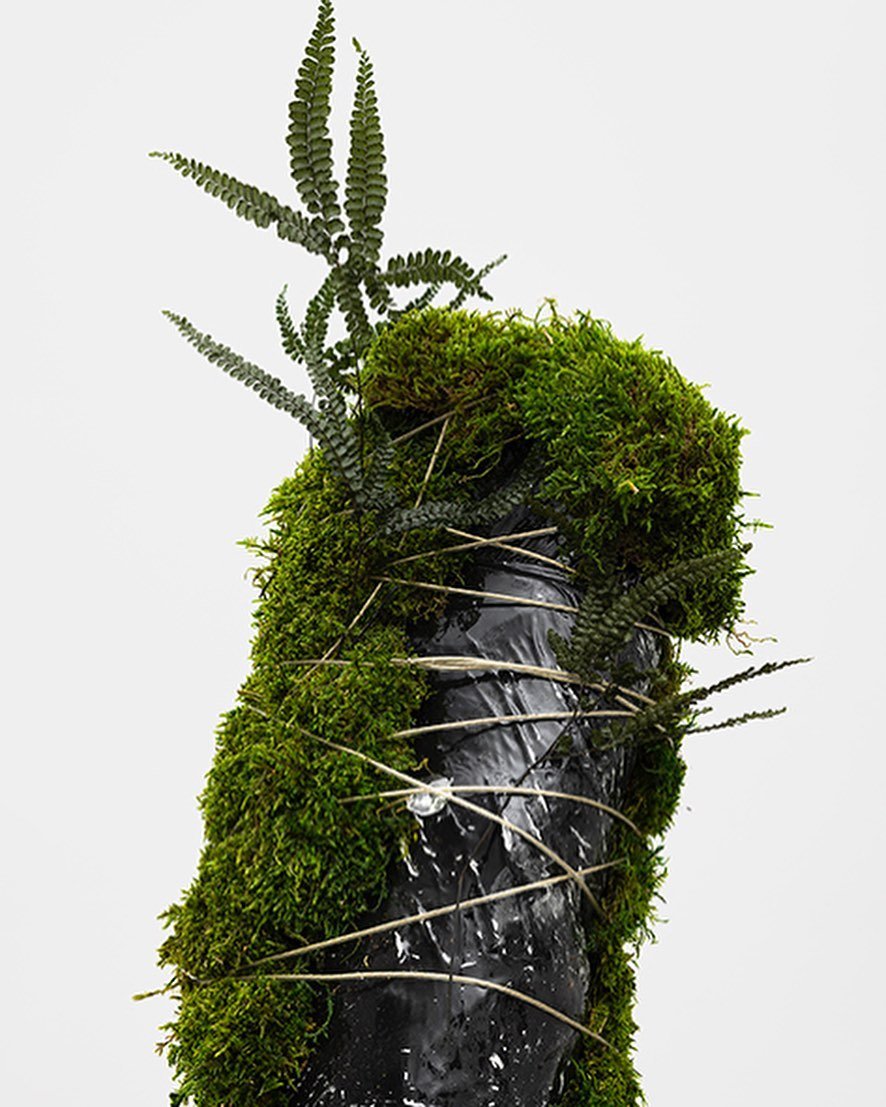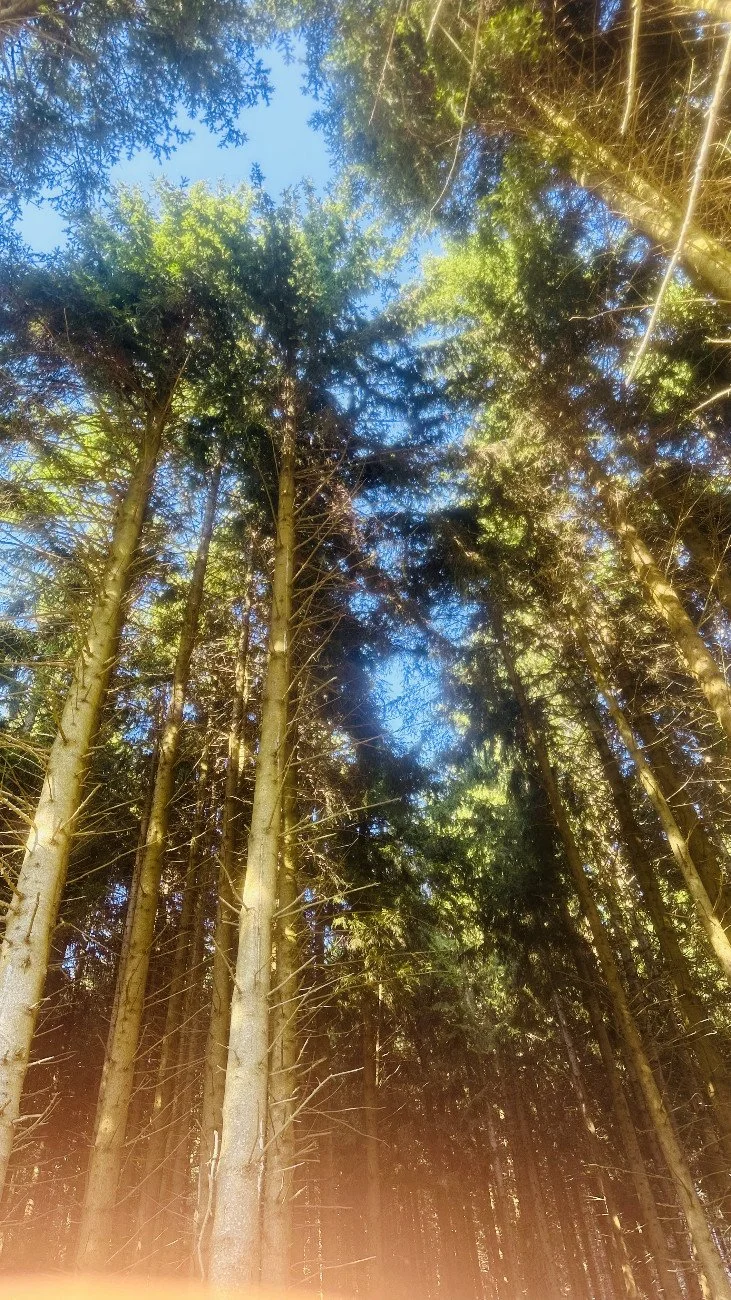Ambra Castagnetti
Ambra Castagnetti lives and works between Milan and Paris. His practice moves primarily through sculpture and performance installation. The metamorphic quality and ability of sculptural forms to bring different species together - such as plants, humans and animals - stimulate her creative process. Her work develops along the deconstruction and reconstruction of social categorisations and authenticity, introducing the discourse on metamorphic and nonconforming bodies. She participated in the 59th Venice Biennale with Dependency (2022), a body of work drawing from the concept of the “conscious body” (Nancy Scheper-Hughes 1992), and the Paleolithic belief in fluidity, the idea that humans, animals, plants and other living entities can transform themselves by mutating their form from one another. For the artist, the body has no immutable identity; rather, it is environmental, social and political circumstances that help define it.
While seeing your artworks, I felt so fascinated by the friction between the organic and the artificial, which is not only created through visuality but also through contrasting smells, such as the odour of moss and that of paraffin, aluminium or plastic. How do you relate to friction?
Part of my work originates from the contrast between colliding worlds. We all know that feeling of being both attracted and repulsed by certain things or thoughts. And often what we are most fascinated by is also what we fear the most.
What’s the role of smell in your practice?
I guess it's just something that is part of the work without it being a choice. I work with many different matters which in fact may happen to have specific smells, like moss, natural elements such as mushrooms, shells, wood, or artificial materials such as burnt plastic or car tires. I guess it just all merged into the whole synesthetic and performative experience of my work, which has to be “lived”.
Wall City is a not-to-miss piece in the exhibition. The moss smell is so intense that brings to the memory of viewers sudden memories, as if stemming from the vision of that ambiguous and bottomless building of a cyberpunk urban scape. What’s the concept behind it?
My purpose in a way is to make the viewer forget that we are in a gallery. I guess it’s something related to a cinematographic perspective on life. I like to imagine situations that from a kind of “normality” all of a sudden transform into something unexpected. I imagine the viewer walking into my exhibition, entering a sort of trance state while experiencing all the works and sculptures that deform more and more the reality around them, and then being dragged into this hole in the floor that could bring them into another reality, or the past or into their future.
Your artworks tend to hybrid from fluidly lingering between cyberpunk and solar punk imagery…
Yes for sure I refer to many subcultures inside my work, both for the environments, I like to hang out in or I like to surround myself with, and for the reference I use, which mostly come from cinema (sci-fi, horror) and literature.
I’m not a fan of binary notions and would like to believe in the coexistence of both cyberpunk and solar punk worlds informing your practice as much as the environment the world is developing into.
I guess the reality is too wide and complex to exclude one category from another one. I think it’s just interesting to make things overlap with no fear of not being coherent. I can be inspired by the most complicated and developed concepts regarding contemporaneity, as much as by a children’s tale or a dumb poster I see on the streets. You never know how intuition works, and sometimes you just have to trust it by making the most bizarre connections, that in the beginning may seem even stupid or ridiculous, but that’s what makes the mind so mesmerizing.
Last but not least, let’s focus on your hallmark body sculptures which seem a recurring element of your practice and research. What led you to find your privileged form in the human figure (and nature)?
I started with depicting human bodies not so long ago before I used to represent animals, especially deer and bunnies, and other organic shapes connected to nature. Maybe this human body-oriented research is just a phase like others I have had before. I guess I’m also focusing on the trauma of the body, the struggle of having a thing made of matter that we use to drag ourselves around the world, and all the psychosis that may be connected to that when it’s not working as it should. I suffer from different problems from my birth so I spent long times without my body responding as it should have, so it’s also a way for me to explore and exorcise the past.
interview ILARIA SPONDA
What to read next























